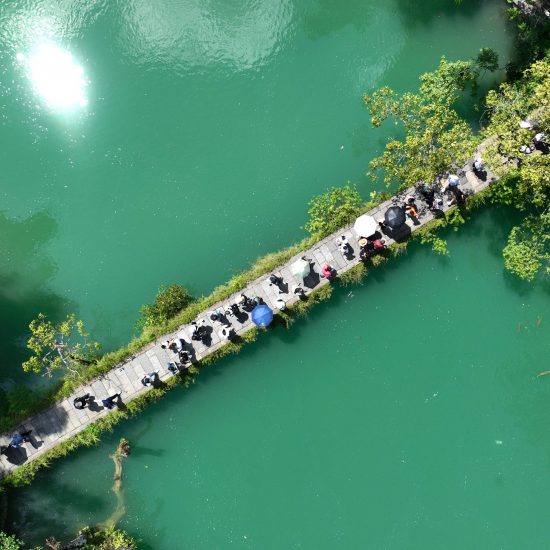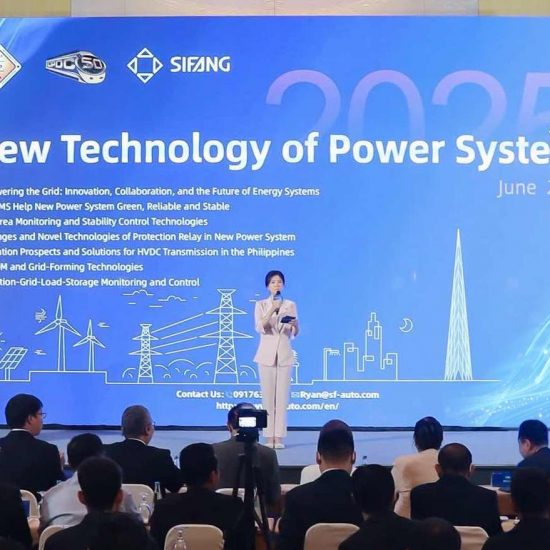
The KDE community has unveiled Plasma 6.3, introducing a suite of enhancements tailored for digital artists and creative professionals. This latest release focuses on refining the user experience, particularly in the realm of digital art, by overhauling the Drawing Tablet configuration interface. The System Settings’ Drawing Tablet page has been reorganized into multiple tabs, offering improved navigation and new configuration options. Artists can now map specific areas of their tablet’s surface to the entire screen, ensuring precise control over their workspace. The calibration feature has been refined to deliver more accurate results, enhancing the overall drawing experience. Additionally, the stylus testing tool now displays detailed information about tilt and pressure sensitivity, allowing for better customization. Users can adjust the pressure curve and range of their stylus to eliminate unwanted high or low sensitivity areas and reassign or swap the functions of the stylus buttons to suit their workflow.
In terms of visual performance, Plasma 6.3 introduces significant improvements to fractional scaling. The KWin window manager now makes a concerted effort to align interface elements with the screen’s pixel grid, resulting in sharper and crisper images. This enhancement reduces blurriness and visual gaps, providing a more polished display. At higher zoom levels, KWin’s Zoom effect transitions to a pixel-perfect representation, overlaying a grid on the screen to assist artists and designers in examining individual pixels relative to others.
Beyond the artistic enhancements, Plasma 6.3 brings several user experience improvements. The default Kickoff launcher menu now switches categories only when clicked, aligning with the behavior of other sidebar lists. However, users who prefer the previous switch-on-hover behavior can still access this option. The System Monitor application has been optimized to provide more accurate CPU usage data while consuming fewer resources, benefiting users who monitor system performance. Additionally, the Weather Report widget now includes forecasts from Deutscher Wetterdienst, a Germany-based source, expanding the range of available weather information.
The Discover software center has also received notable updates. It now automatically highlights sandboxed applications whose permissions are set to change after an update, providing users with greater transparency and control over their software. Furthermore, Discover now supports the flatpak:// URL scheme, streamlining the installation process for Flatpak applications. The inclusion of a new background service that detects and reports when the kernel terminates an application due to insufficient system memory enhances system stability. Users receive notifications identifying the affected application and offering tips to prevent future occurrences.




